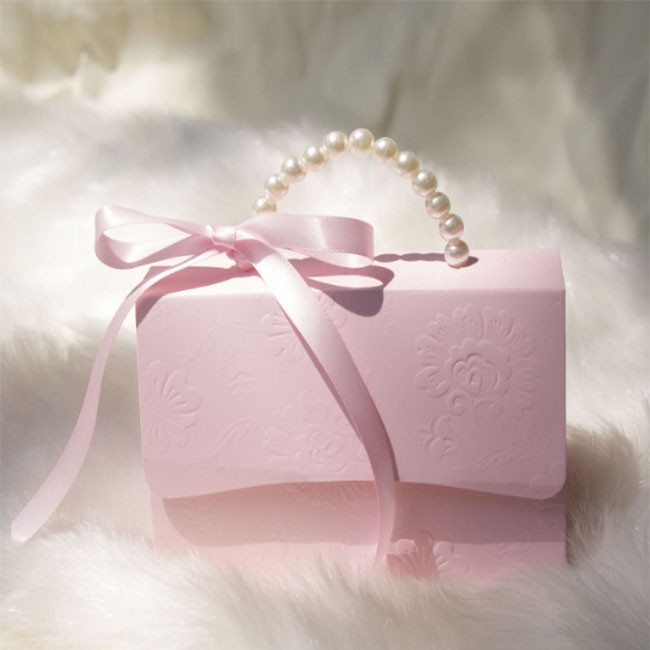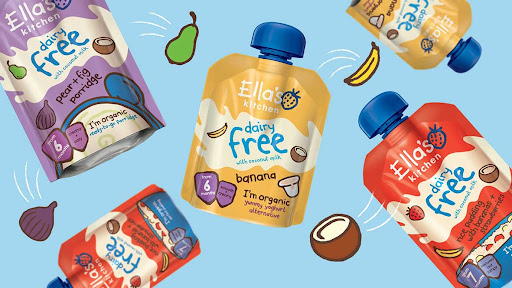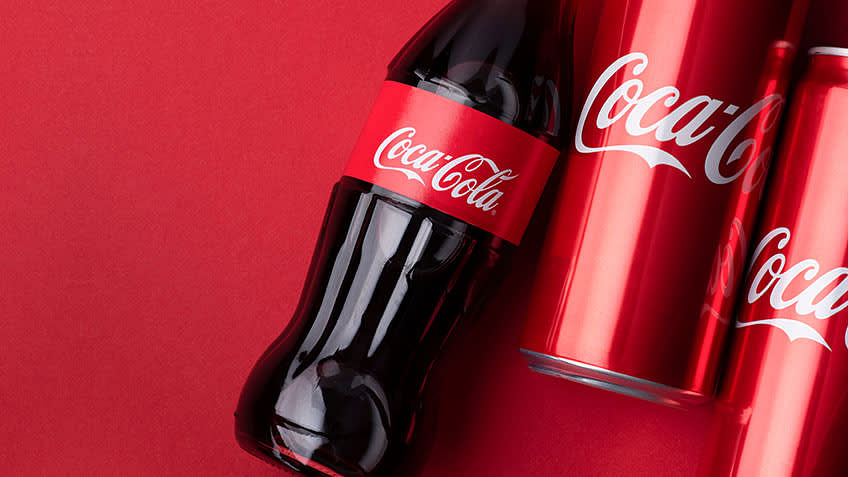Among the many elements of
product packaging, the color design plays a crucial role in attracting consumers and stimulating their desire to purchase, potentially leading to actual sales. Research indicates that consumers typically make a decision about their interest in a product within seven seconds of seeing it, with color coordination being a decisive factor in 67% of cases. Therefore, businesses should focus on color schemes when designing packaging to enhance sales. Packaging color not only conveys brand information but also enriches the visual appeal, boosts sales, and reflects brand value. A well-chosen color design can meet consumer needs, increase purchase intentions, and positively impact market competition.
The Influence of Packaging Color on Purchase Intentions
1.Gender Differences
- Women: Female consumers often place greater importance on the visual appeal of packaging and are more influenced by packaging color and design, which can lead to impulse purchases. Attractive packaging can overshadow the product's actual utility and price, so colors that appeal to women are crucial.

- Men: Male consumers focus more on practicality and value for money and are less concerned with the appearance of packaging. Men generally prefer darker and lower-brightness colors, such as deep blue, dark brown, black, and gray.
2.Age Differences
- Infants and Toddlers: Since purchasing decisions are made by parents, packaging colors should appeal to parents’ preferences. The colors should be pleasant and refreshing, with shades like pink, light blue, and off-white being suitable. Small amounts of red or orange can add vitality and warmth.
- Children: As children begin to choose their own items, they are drawn to bright, high-contrast colors and popular cartoon designs.

- Young Adults: This group values unique, innovative, and trendy packaging designs, with a focus on bold, distinctive colors that highlight individuality.
- Middle-aged Adults: Their color preferences are influenced by cultural and environmental factors, favoring elegant and calm tones. Middle-aged consumers often exhibit a preference for subtle and refined colors.
- Elderly: Due to visual decline, older adults prefer simple and soft colors like light brown, light blue, and off-white. Packaging should avoid overly complex designs and opt for soothing colors to prevent causing discomfort.
Data Analysis on Consumer Purchase Intentions
- Beverage Consumption: Consumers under 15 drink beverages less frequently, while those aged 16-35 are regular consumers. Individuals over 36 also drink less frequently.
- Beverage Preferences: Preferences vary by age. Women prefer juice, men favor carbonated drinks, and tea is popular among middle-aged and older adults.
- Color Preferences: Consumers show a strong preference for red and orange. Packaging color significantly influences purchase intentions. Red and orange are favored by many, while yellow is liked by over half, green by a third, and yellow-green by nearly half. Blue and black are less popular, with white being favored by exactly half of the consumers.
In the beverage market, Coca-Cola and Pepsi are the top brands, with Coca-Cola leading in consumer satisfaction and brand recognition. The association of Coca-Cola with red and Pepsi with blue is prominent, with over 80% of consumers automatically linking Pepsi to blue. However, other brands struggle to achieve such color associations.

Consumers drive changes in product appearance, influenced by age and gender, and select products based on their individual needs and preferences.
Conclusion
When choosing packaging colors, it is essential to consider consumer factors such as gender and age, as well as color saturation and transparency. Effective color design can enhance consumer purchase intentions and positively impact brand image and sales. Packaging color not only influences consumer decisions but also plays a significant role in shaping brand image and market performance.


